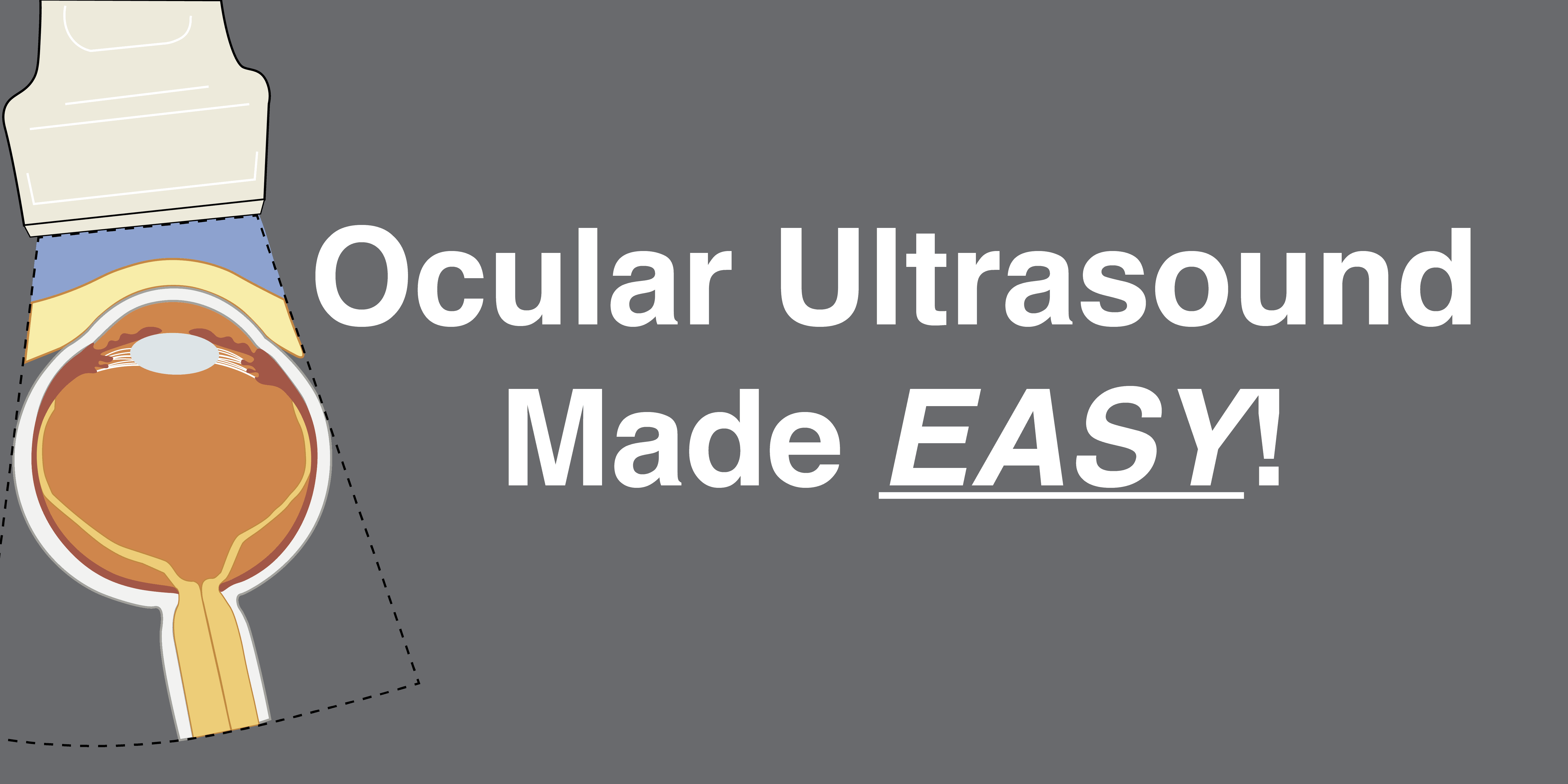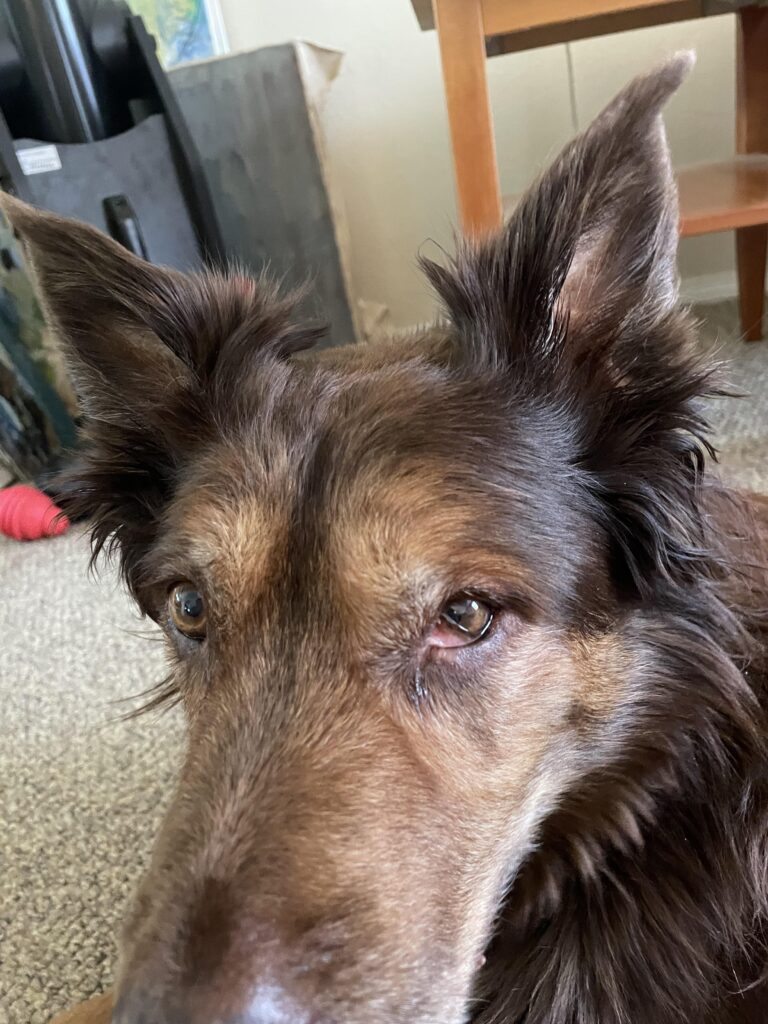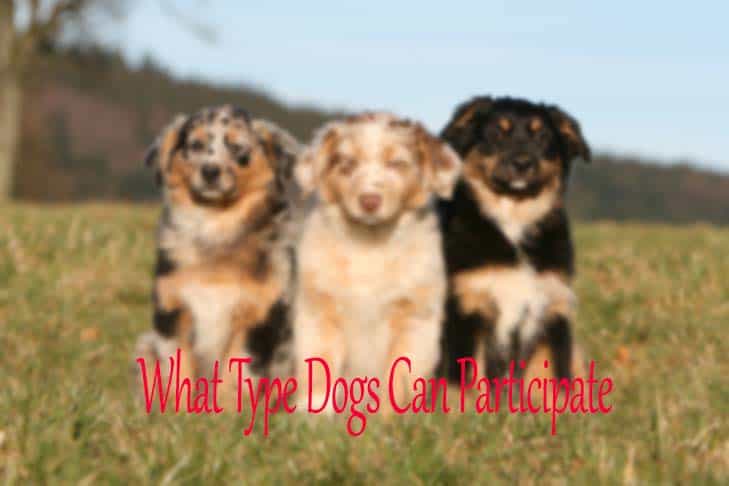Have you noticed your furry friend’s second eyelid showing? As dog owners, it can be concerning to see this unusual phenomenon. The second eyelid, known as the nictitating membrane or third eyelid, plays a crucial role in a dog’s eye health. When it becomes visible, it could indicate an underlying issue that requires attention. In our blog, “Eyeballing It: Why is My Dog’s Second Eyelid Showing?”, we will delve into the reasons behind why your dog’s second eyelid may be protruding and what potential health concerns it could signify. Stay tuned to learn how to best care for your pup’s ocular health!
Understanding your dog’s anatomy
Understanding your dog’s anatomy is crucial for every pet owner to ensure their furry friend’s well-being. When it comes to the eyes, dogs have a unique feature called the third eyelid, also known as the nictitating membrane. This thin layer of tissue is located in the inner corner of the eye and helps protect the eye from debris and injury.
The Third Eyelid
The presence of the third eyelid is natural in dogs and other animals, including cats and birds. It serves as an additional layer of protection for the eye, especially during activities like hunting or playing outdoors where the eyes are more susceptible to dirt and dust.
** Did you know that the third eyelid in dogs can sometimes be more visible than usual, leading to concerns among pet owners? This phenomenon is often referred to as “dog’s second eyelid showing,” which can be a sign of various underlying health issues.
Possible Causes of Second Eyelid Showing
If you notice your dog’s second eyelid showing frequently, it could indicate potential health problems such as eye infections, allergies, corneal ulcers, or other eye issues. It could also be a symptom of more serious conditions like cherry eye, a prolapse of the gland of the third eyelid.
- Regular eye check-ups with your veterinarian are essential to detect any eye abnormalities early and ensure proper treatment.
- Proper nutrition plays a significant role in maintaining your dog’s eye health and overall well-being.
- Keeping your dog’s living environment clean can help prevent eye infections and irritations.
- **Remember, if you notice any changes in your dog’s eyes, including the second eyelid showing, consulting with your vet promptly is crucial to address any underlying issues.

What is the third eyelid?
The third eyelid, also known as the nictitating membrane, is a thin layer of tissue located in the inner corner of a dog’s eye. It is not always visible, but when it shows or protrudes, it can be a cause of concern for dog owners. The third eyelid serves to protect the eye and keep it moist, contributing to your dog’s overall eye health.
Function of the Third Eyelid
The third eyelid plays a crucial role in safeguarding your dog’s eyes from debris, dust, and potential injuries. It acts as an additional shield, offering extra protection beyond the upper and lower eyelids. This membrane also helps in distributing tears across the eye surface, ensuring proper lubrication.
When Does the Third Eyelid Show?
When a dog is unwell or experiencing eye discomfort, the third eyelid may become more visible or protrude, signaling an underlying issue. In some cases, certain health conditions, such as eye infections or illness, can cause the third eyelid to show prominently. If you notice your dog’s third eyelid showing frequently, it is essential to consult a veterinarian for a thorough eye examination.
Reasons why your dog’s third eyelid may be showing
When you notice your dog’s third eyelid, known as the nictitating membrane, showing, it can be concerning. Several factors can contribute to this condition:
Possible Causes
If your dog’s second eyelid is showing, it could indicate discomfort or an underlying health issue. Common reasons include:
- Eye Irritation: foreign bodies or debris may trigger the third eyelid to appear.
- Conjunctivitis: an inflammation of the eye’s outermost layer, leading to the nictitating membrane exposure.
- Eye Injury: trauma or damage to the eye can cause the third eyelid to protrude.
What to Do
If you notice your dog’s second eyelid showing, it’s essential to consult a veterinarian promptly for proper diagnosis and treatment. Delaying care can worsen the condition and lead to complications.
Health issues associated with a visible third eyelid
When a dog’s second eyelid is showing, it could indicate underlying health issues that require attention. One common cause of a visible third eyelid in dogs is Cherry Eye, also known as prolapse of the third eyelid gland. This condition occurs when the gland that helps produce tears becomes inflamed or protrudes, leading to a noticeable red or pink mass in the corner of the eye.
Cherry Eye
Cherry Eye can cause discomfort, dry eyes, and potential vision problems if left untreated. It is essential to consult a veterinarian for proper diagnosis and treatment options, which may include surgical correction to reposition the gland.
Infections and Injuries
Infections or injuries to the eye can also result in the protrusion of the third eyelid. Common signs of eye infections include discharge, redness, and swelling around the eye area. Prompt veterinary care is crucial to prevent complications and alleviate discomfort for the dog.
- Keep the area clean and avoid rubbing the eyes.
- Administer prescribed eye drops or medications as directed by the vet.
Treatment options for third eyelid issues
When your dog’s second eyelid, also known as the third eyelid, is showing, it can indicate various health issues that may require treatment. Here are some common treatment options:
1. Medication
If the third eyelid issue is due to an infection or inflammation, your vet may prescribe antibiotic eye drops or anti-inflammatory medications to reduce swelling and promote healing.
2. Surgery
In cases where the third eyelid is persistently showing due to a structural problem or abnormal growth, surgical intervention may be necessary. This can help correct the issue and prevent further discomfort for your dog.
There are different surgical techniques available based on the underlying cause of the third eyelid issue, so it’s essential to consult with a veterinary ophthalmologist for the most suitable approach.
Frequently Asked Questions
- What is my dog’s second eyelid?
- The second eyelid, also known as the third eyelid or nictitating membrane, is a thin protective membrane located in the inner corner of your dog’s eye.
- Why is my dog’s second eyelid showing?
- Your dog’s second eyelid may be showing due to a variety of reasons such as illness, injury, irritation, or dehydration. It is important to monitor this closely and consult with a veterinarian if you notice this happening frequently.
- Should I be concerned if my dog’s second eyelid is showing?
- While occasional visibility of the third eyelid is normal, prolonged or frequent display of the second eyelid can be a sign of an underlying health issue. It is recommended to seek guidance from a veterinarian to rule out any potential problems.
- How can I prevent my dog’s second eyelid from showing?
- To help prevent your dog’s second eyelid from showing, ensure that your pet is healthy, well-hydrated, and free from eye irritants. Regular grooming and eye care can also contribute to maintaining your dog’s eye health.
- Are certain dog breeds more prone to displaying their second eyelids?
- Yes, some dog breeds are more prone to showing their second eyelid, especially those with prominent eyeballs or genetic predispositions. Breeds like Boxers, Bulldogs, and Beagles are known to exhibit their third eyelids more visibly.
Closing Thoughts
In conclusion, if you’ve noticed your dog’s second eyelid showing, don’t panic. The third eyelid, or haw, is a normal protective mechanism in dogs. However, any sudden or persistent changes should be examined by a veterinarian to rule out any underlying health issues. Remember to regularly monitor your dog’s eye health and seek professional advice if you have concerns. By being proactive and observant, you can ensure your furry friend’s well-being and keep their eyes healthy. Stay informed, stay vigilant, and treasure the unique bond you share with your canine companion!



